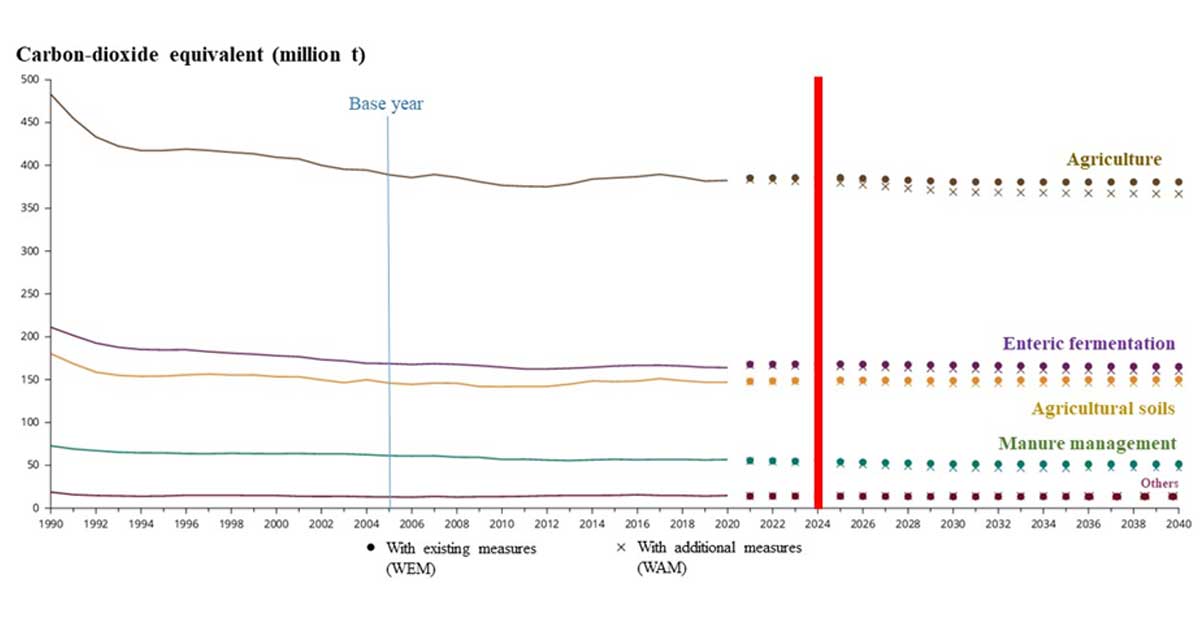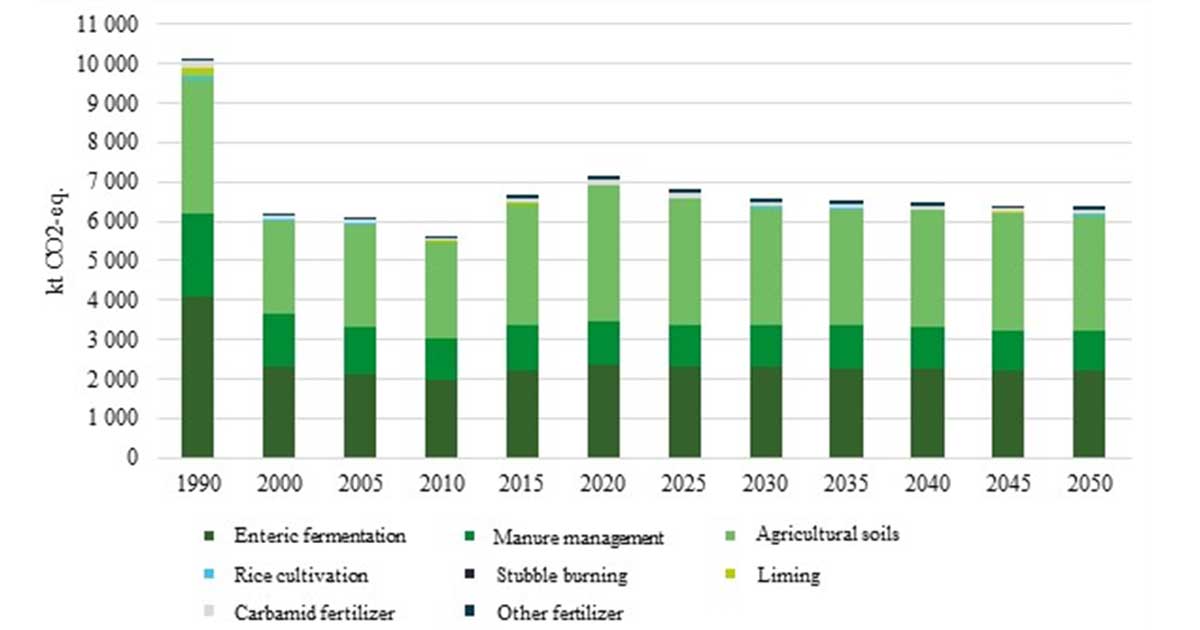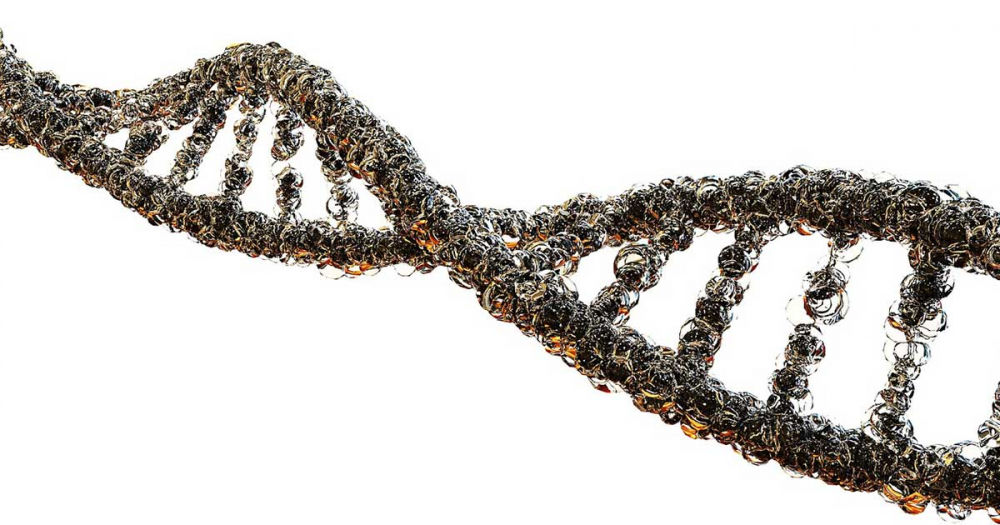According to UN estimates, it will be impossible to sustainably supply healthy food, clean drinking water and energy at the current technical and technological level to the human population, which will grow to 9.4-12.7 billion people by 2100. If we are serious about making climate neutrality global by 2050 (EU, USA) and by 2060 (China, India, Japan, Russia), we need a technological breakthrough in agriculture, new climate innovations that can substantially reduce agriculture's greenhouse gas (GHG) emissions. Although there are promising developments, it seems that they can only reduce the growth rate of emissions. Unfortunately, the methodology resulting in the carbon neutrality of agriculture has not even reached the planning table. The question is how to build an agriculture with low carbon emissions, low use of agrochemicals, and a low ecological footprint, so that the basic function of agriculture in the food sector is fulfilled at the same time? And how does the series of European farmers' demonstrations fit into all of this? We will look for the answer to this further on.
While the Earth's population will continue to grow, according to FAO data, the proportion of arable land per capita will decrease by nearly 58% by 2050 compared to the base year of 1960. However, in order for food production to be able to keep up with the challenge of feeding the growing population, the areas under agricultural cultivation should increase by 15% until 2050. Meanwhile, our consumption of fresh water has now tripled compared to 1960, and parallel to this, per capita fresh water supplies have decreased by 50% in the same period of time. In 1961, the main ecological footprint was only 0.88 hectares, by today it has already reached 2.2 hectares. The ecological footprint of one inhabitant of Hungary is 3.7 hectares. There is only 1.8 hectares of land for every person on Earth, and although Hungary's ecological footprint is far behind that of developed Western countries, this value also shows that even we use more resources and produce more waste than we could according to the principle of sustainable development. If we assume that the World's population is expected to increase to nearly 10 billion people by 2050, this will lead to a 56% increase in global food demand (Creating a Sustainable Food Future World Resources Institute), while the amount of agricultural land and drinking water per capita will decrease drastically, as we saw above.
So we should increase food production by a minimum of 56%, i.e. more than one and a half times, in 25 years, so that agricultural areas cannot be increased, resources are running out and cultivation itself is taking an increasingly unsustainable direction at the current technical and technological level. The paradox of the agricultural sector is that agriculture can only become independent from the adverse effects of climate change by becoming more and more intensive in farming (irrigation, plant stress resistance-improving fertilizers, growth regulators, use of plant protection products, large-scale stable animal husbandry, etc.), which - together with increasing the profitability of agricultural production and crop security - increases CO2 emissions. It seems that the reserves of the Green Revolution, or Third Agricultural Revolution, which began in 1960, have been exhausted, and a fourth one is needed.

Figure 1 – Aggregate and sectoral GHG emissions of the agricultural sector of the EU-27 between 1990 and 2024, and the projected emissions until 2040. Source: EEA – European Environmental Agency, Historical (1990-2020) and projected (2020-2040) emissions from the agriculture sector in the EU-27, https://www.eea.europa.eu/data-and-maps/figures/historical-1990-2020-and-projected, figure: Climate Policy Institute (https://klimapolitikaiintezet.hu/en/)
Thanks to the Green Revolution (heterosis breeding, mechanization, cultivation technology development, planned irrigation and the use of agrochemicals such as plant protection products, fertilizers), founded by Nobel Peace Prize laureate Norman Borlaug of Germany and Yuan Longping of China, the global average yield of our most basic cultivated plants has increased by two to five times. As a result of this the starvation has practically disappeared in China, and the number of starving people in India has decreased by hundreds of millions, to mention only the countries with the largest populations.
However, while agricultural production increased strongly, the sector's energy consumption also increased proportionally. Not only through the fuel consumption of agricultural machines, but also because the raw material of fertilizers, pesticides, herbicides and other agrochemicals produced by the chemical industry is petroleum, so their production pollutes the environment and emits GHG. Not to mention that agriculture also became dependent on various energy price crises. The Green Revolution has reached the upper border of its limits, from where production could only be increased with significant environmental pollution and GHG emissions.
It is a fact that there is a need for a sustainability turn in agriculture, which makes farming more climate and environmentally friendly, but not in such a way that agriculture does not fulfill the basic functions of food and fodder production and does not have the technological palette with which low-carbon, or carbon-neutral farming could be conducted cost-effectively.
The European Climate Act establishes the EU's commitment to become net climate neutral by 2050. Agricultural GHG emissions are subject to the EU's Effort Sharing Regulation (ESR), which has set annual targets for individual member states for the period 2021-2030. Emissions of the ESR sectors (agriculture, emissions from transport, building-related energy use and waste management) have to be reduced at least by 30% compared to the base year of 2005. On the other hand, the reality is that between 2005 and 2021, agricultural output decreased only within a statistical margin of error, approx. by 3-4%, and the implementation of current policies will only enable a reduction of 8% until 2030 (Greenhouse gas emissions from agriculture in Europe, Published 24 Oct 2023, https://www.eea.europa.eu/en/analysis/indicators/greenhouse-gas-emissions-from-agriculture). So, the EU requires farmers to significantly reduce GHG emissions in such a way that it would mean a significant increase in costs, in addition to continuously decreasing subsidies, and missing low-carbon technologies, so that it does not actually believe that it is feasible (Figure 1). The data shown in the figure come from one of the background institutions of the Commission, the European Environmental Protection Agency
Thanks to the real policy characteristic of the Hungarian government, no one in our country has ever believed that complete climate neutrality can be achieved in the agricultural sector along the currently foreseeable trends (Figure 2).

Figure 2 - GHG emissions of the agricultural sector according to the WAM-OLP scenario of the revised National Climate and Energy Plan (NECP 2023) between 1990 and 2050. Source: AKI Climate and Environmental Research Department, revised NECP (2023)
But the nerves of European farmers are also shaken by the fact that the executive body of the European Union proposed a decree in June 2022 to reduce the use of pesticides by 50% with a target date of 2030. According to expert estimates, this would result in a roughly 20% reduction in production in the plant cultivation sector, which will mean further loss of income for the farmers, since no alternative, no effective biopesticide has been developed in the meantime.
While 5.3 million farms disappeared across the EU between 2005 and 2020, a third of European farmers have disappeared due to so-called 'financial problems'. However, the roots of these ’financial problems’ are rooted in the faulty agricultural policy of the left-liberal EU Commission, which has been ruling since 2019. Commission President Ursula von der Leyen has said she is withdrawing a plan to halve the use of pesticides as it has become a ’symbol of polarisation’ following protests by European farmers. In our opinion, this is not a symbol of polarization, but of unprofessional, ideologically biased politicization. During the Green Revolution, when hundreds of millions rose from the level of daily starvation to food security in a few decades, it was a matter of pride to work in agriculture. Today, we have reached the point where agriculture is a necessary evil in the EU.




